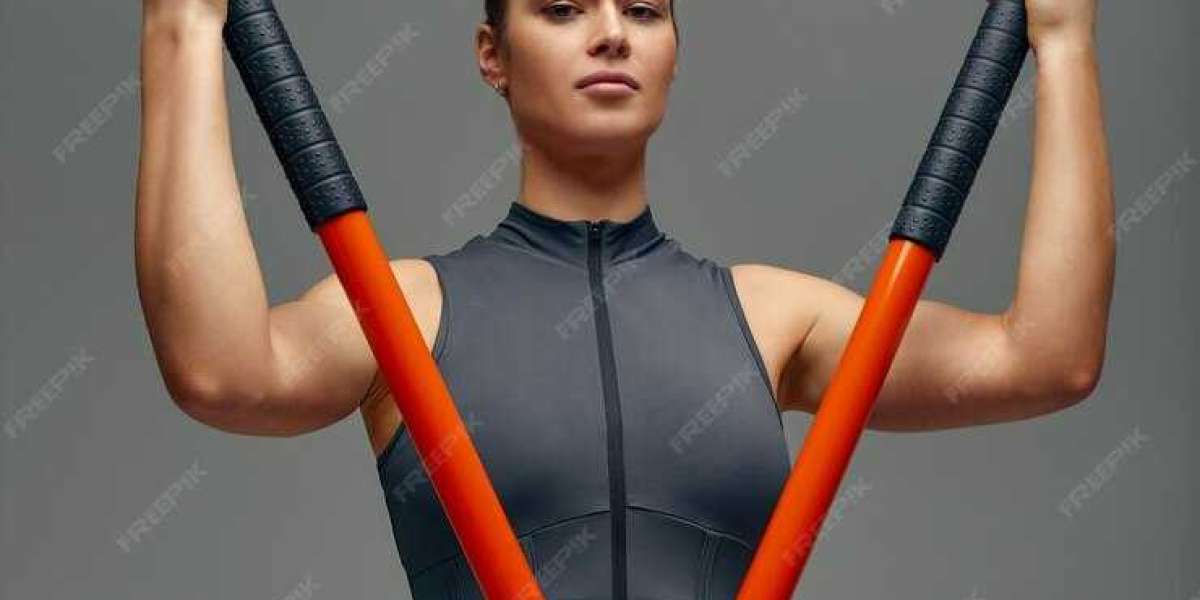Whether you're building a bookshelf, laying out a garden, or tackling a full-scale construction project, accurate measurements are the foundation of success. The right measuring tools can make the difference between a precise, professional-looking result and a project that doesn’t quite line up. In this blog, we'll explore some of the most essential measuring tools, their uses, and why they belong in every toolbox.
Tape Measure
Best for: General-purpose measuring (length, width, height)
The tape measure is arguably the most common and versatile measuring tool. Whether you're measuring a piece of wood, the dimensions of a room, or how much fabric you need, a good quality tape measure is indispensable.
Tip: Look for one with both imperial and metric units, and a sturdy locking mechanism for ease of use.
Ruler Yardstick
Best for: Small measurements, straight lines
Rulers are perfect for smaller, more detailed work—especially in crafts, drawing, and fine carpentry. Yardsticks (typically 36 inches or 1 meter) are great for longer straight lines when precision is still key.
Pro tip: Choose metal rulers for durability and accuracy, especially when working with cutting tools.
Combination Square
Best for: Marking and checking 90° and 45° angles
A combination square is a must-have for carpenters and metalworkers. It combines several tools in one: a ruler, a 90-degree square, a 45-degree square, and often a level. It’s ideal for layout work, checking corners, and ensuring components are square.
Spirit Level (Bubble Level)
Best for: Checking horizontals and verticals
If your pictures are crooked or your table wobbles, a spirit level can help. It uses a liquid-filled vial and air bubble to show whether a surface is perfectly level or plumb (vertical).
Digital option: Laser levels or digital levels offer even greater accuracy and are excellent for complex layouts.
Calipers
Best for: Measuring internal and external dimensions, and depths
Calipers come in dial, digital, or vernier versions and are incredibly precise. They're especially useful in metalwork, engineering, and detailed woodworking.
Example: Measuring the diameter of a bolt or the thickness of a washer.
Measuring Wheel
Best for: Long-distance measurements (e.g., outdoor projects)
When a tape measure isn’t long enough, a measuring wheel steps in. Simply walk the wheel along the distance you want to measure—it calculates the total distance covered. It’s especially useful for landscaping, fencing, or road work.
Laser Measure
Best for: Quick, accurate distance measuring (especially indoors)
Laser measures use light to measure distances—often up to hundreds of feet—with precision. Many modern laser measures also calculate area and volume, and some even connect to smartphone apps for digital layouts.
Angle Finder / Protractor
Best for: Measuring and replicating angles
For trim work, roof pitches, or any project involving angles, a digital or manual angle finder is a game-changer. It's essential for miter saw setup or checking slope angles.
Micrometer
Best for: Extremely precise measurements
Micrometers offer accuracy to the thousandth of an inch or hundredth of a millimeter. Used primarily in machining and mechanical engineering, they measure thickness, diameter, or length with incredible precision.
Marking Tools
While not strictly measuring devices, tools like marking gauges, chalk lines, and marking knives help transfer your measurements to the workpiece accurately. Precision isn't just about reading numbers—it’s also about translating them to your material.
Conclusion
Using the right measuring tools ensures your work is not just functional but also beautiful and professional. Whether you’re hanging shelves or building a house, accuracy starts with measurement—and measurement starts with the right tools.





